Forging a State: The Western Virginia Campaign of July 1861, Part III
So far, George McClellan’s plan was working. Robert Garnett remained transfixed by Thomas Morris, convinced that was the main force. Besides, Garnett felt that he did not have to worry for the 1,300-man force south of him at Rich Mountain. It held a strong position, and he thought they could hold back “five times their number.”
Much of this all-Virginia force, led by Lt. Col. John Pegram, maintained an entrenched position at the west base of Rich Mountain astride the Staunton-Parkersburg Turnpike. The Virginians affectionately called their earthen fort Camp Garnett.
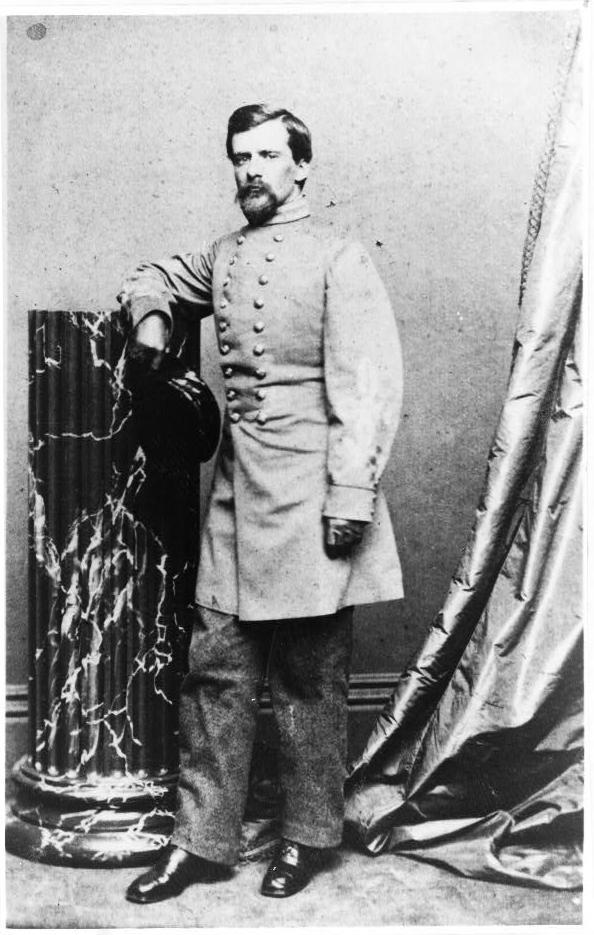
McClellan’s main force of 6,000 men arrived in front of Camp Garnett on July 9. “We came over the hills with all the pomp and circumstance of glorious war,” wrote future general John Beatty, now Lt. Col. of the 3rd Ohio Infantry. Yet Beatty was aware of the horrors war might bring. “I endeavor to picture to myself all its terrors, so that I may not be surprised and dumbfounded when the shock comes.”
On July 10, Lt. Orlando Poe led a reconnaissance towards Camp Garnett. When the Federals got close enough, Poe examined the strong defenses.
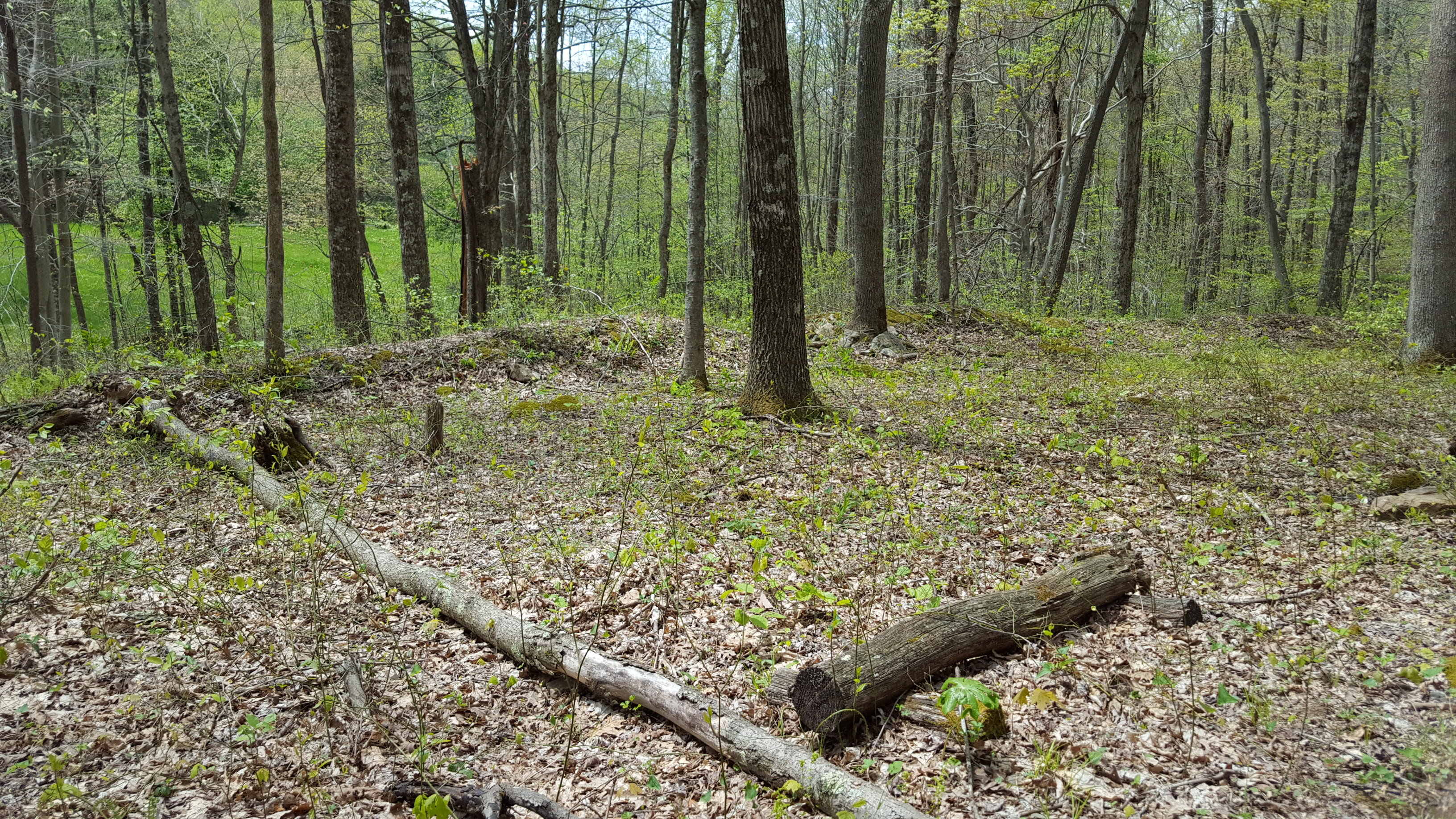
The guns at Camp Garnett were arranged so well, partially due to the help of cartographer Jedediah Hotchkiss, that to storm the fort with a frontal assault would succeed only with heavy casualties. McClellan thought such a prospect “at least doubtful.”
Then, stumbling into the Union picket lines came 22-year old David Hart, whose father owned a home at the summit of Rich Mountain just off the turnpike.
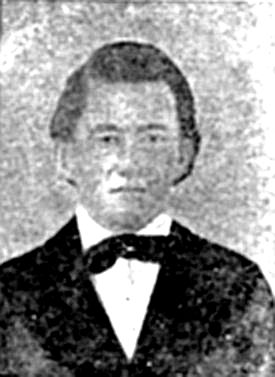
William Rosecrans, one of McClellan’s brigadiers, interviewed the young Hart, who knew of a rugged path up the mountain that led to the Staunton-Parkersburg Turnpike at the mountain’s peak. Rosecrans rushed Hart to McClellan’s tent. After the commanding general interview the young boy, Rosecrans proposed his plan: he would lead his soldiers on a nighttime flank march to the summit of the mountain, turning the Confederates from the south. When McClellan heard gunfire from the base of the mountain, he would directly attack Camp Garnett. McClellan approved the plan before midnight on July 10, and Rosecrans, using Hart as his guide, prepared to move his men.
William Rosecrans began his flank march by 5:00 a.m. in a light rain. He had 1,917 men with him. The plan called for Rosecrans and his men to reach the summit by around 10:00 a.m. The path was hardly large enough for horses, so Rosecrans’s cannon had to be left behind. It was “a very tedious march, following a path which led us through thickets so dense and woods so filled with undergrowth that it was impossible to see fifty feet on either side,” remembered one participant.
The Confederates were not unaware of the Federals’ flanking movement. One Union courier was captured. Upon questioning, he revealed what Rosecrans was up to, but did not give all of the details. Lt. Col. Pegram hurried more troops to the summit of Rich Mountain, giving the Southerners 310 men at the Hart Farm and one artillery piece. Captain Julius DeLangel was their commander.
Well behind schedule, Rosecrans’s column reached a point one mile south of the Hart Farm and the turnpike at 2:30 in the afternoon. Skirmishers on both sides soon ran into each other, and the fight commenced amid a rainstorm atop the 3,000-foot high mountain.
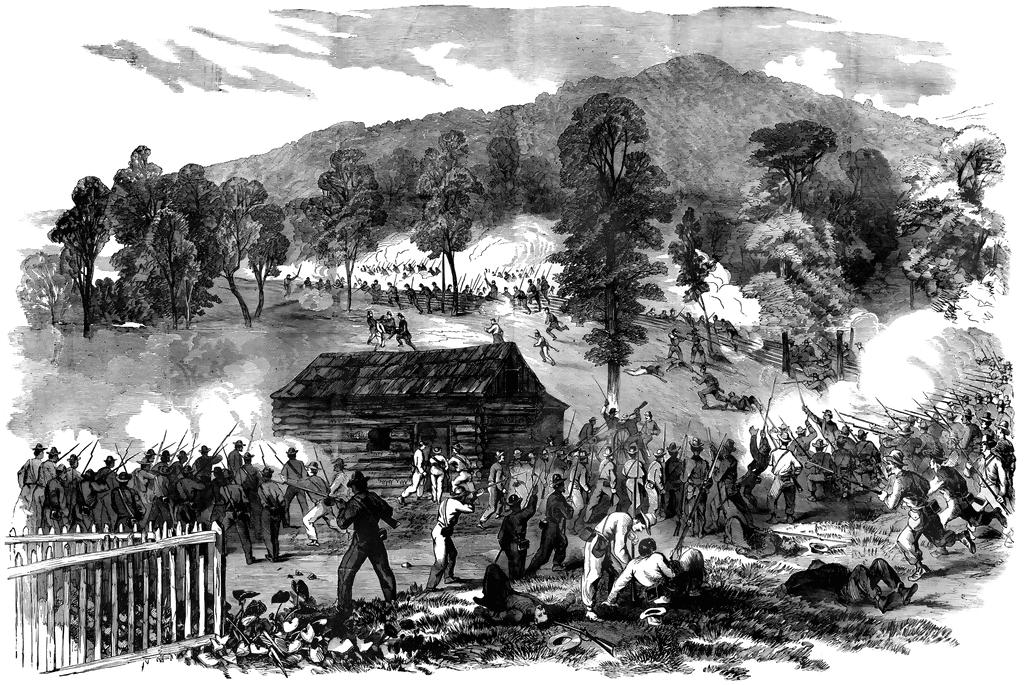
DeLangel’s Confederates sought shelter behind boulders and logs on the north side of the turnpike, and their gun fired so viciously that David Hart believed the rebels had over twenty pieces with them. “The whole earth seemed to shake,” he recalled.
The firefight continued for nearly two hours before Rosecrans yelled the command to fix bayonets and charge the enemy. After a brief but brutal fight in the Hart stable yard, DeLangel’s men fled the field. McClellan’s attack never materialized against the strong Camp Garnett, but nonetheless, the Federals had gained an important victory at the cost of 12 killed and 49 wounded. The next day, July 12, Rosecrans moved his force down the mountain and seized the abandoned Camp Garnett. Altogether, the Federals killed 60 of the enemy, wounded 140, captured 100 men, 6 guns, 200 tents, and 60 wagons.
For the Federals, their victory at Rich Mountain cracked Robert Garnett’s defenses. George McClellan pushed his men over the mountain and into Beverly, situated at the eastern end of the mountain along the Staunton-Parkersburg Turnpike. On July 13, McClellan accepted the surrender of Pegram and 600 rebels in Beverly. While all of this was transpiring on the southern end of Garnett’s line, the Federal victory set off a chain of events that altered the campaign in western Virginia thus far.
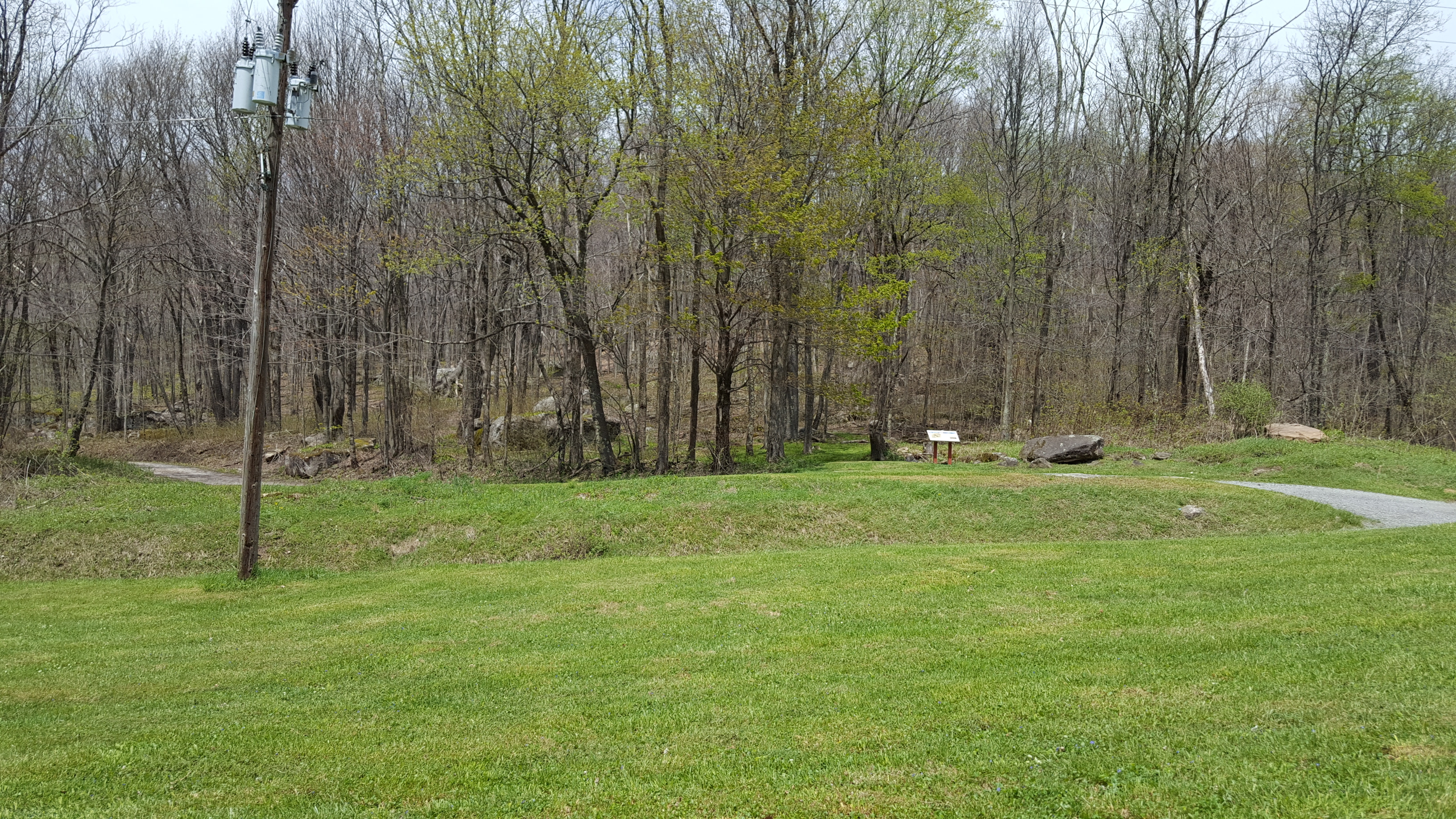
thank you Kevin and thank civil war trust in helping attending this site . i once visited it just as this was happening so i need to go back now. small in stature large in the final war out come
David Hart was given $100 in gold to lead Rosecrans behind Confederate lines. Hart left the area quickly, supposedly to Indiana. (Frederick Fout, Dark Days of the Civil War) Family legend has it that Hart’s father gave him the money, but it came from the Union officers.
Re: “McClellan’s main force of 6,000 men arrived in front of Camp Garnett on July 9.”
This isn’t quite correct. Whilst by the end of 11th July McClellan had ca. 9.5 regts with him (including Rosecrans’ force) plus a few companies and probably numbered ca. 6,000 then, two of those regiments arrived around lunchtime on the 11th.
McClellan set off on the campaign with 6.5 regts (3rd, 4th, 9th and 19th Ohio, 8th and 10th Indiana and part of the 13th Indiana). The 10th Ohio joined McClellan on the 8th to give 7.5 regts who were available to McClellan on the morning of the 11th.
The 14th and 15th Indiana were 3-year regiments who’d departed Indianapolis on the 5th July to join McClellan, and their vanguard sighted McClellan’s camp around 1000 hrs on the 11th. The 14th Indiana was complete and placed into line at 1400 (relieving the 4th Ohio who proceeded up Sugar Hill). The 15th Indiana didn’t arrive until the evening, and was not available for combat at any point that day.
In terms of infantry the comparison is (including rebel, but not Federal arty as it could not elevate to hit the enemy):
Rosecrans: 1,850 infantry (3.5 regts) vs 310 and 1 gun at the Hart House (4 coys)
McClellan ca. 1500 hrs: 2,100 infantry (4 regts, inc. 14th Indiana) vs 1,250 infantry and 3 guns (16 coys) (all strengths pro rated against the known strengths of units at the Hart House). Of the Federal infantry, the 14th Indiana and 2 coys of the 3rd Ohio were at the base of the ridge (ca. 600) and 2.8 regts (ca. 1,500) were occupying Sugar Hill, or cutting a path up it for the artillery.